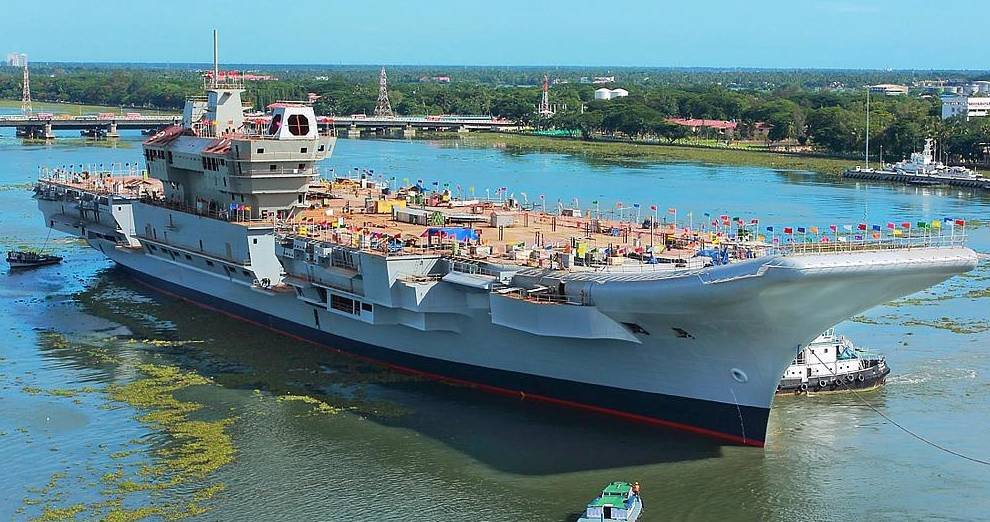The shipbuilder bags an order from Norway to build two fully automated electric ferries

Last month, India’s largest commercial shipyard, Cochin Shipyard Limited (CSL), bagged an order to build two automated electric ferries from the world’s shipping giant, Norway. The order from Asko Maritime AS, a subsidiary group of Norges Gruppen ASA, one of the big players in the Norwegian retail segment, calls for CSL to build two 67-metre long vessels with capacity to carry 16 trailers each. The ferries will be used for emission-free transport of goods across the Oslo fjord. The design for the vessels are by Naval Dynamics Norway and Kongsberg Maritime systems, with detailed engineering to be carried out by CSL.
India was one of the world’s top wooden-hulled ship manufacturers till the 1820s when the Britishers stopped encouraging the manufacture of commercial ships locally. Today, India does not figure anywhere in the list of top shipbuilding nations in the world; indeed, its share is just around one per cent. Interestingly, this is an industry in which business cycles change every 8-10 years and where currently the Covid-19 induced global slowdown has had a major impact.
Norway is a world leader in shipping systems and this is a big gain for India’s Make in India campaign. The Norwegian company went around the world to find out which country offered the best value and found CSL to be the best contender. Says Union MoS for shipping Mansukh Mandaviya: “The order we have got from the Norwegian company is a great confidence building development for us. We are eager to build on this success by pushing ahead in the ship-building sector.”
The ministry’s efforts are working out in other ways too. United Shipping Corporation of Russia is in talks with the shipping industry to set up a joint venture in India for building high capacity ships.
More such offers may come soon, especially with reports saying that Japan and China, the two big ship manufacturers of the world, are cutting back activity in the shipping sector. China apparently is having affordability issues while Japan is doing so due to a lack of adequate manpower. India faces no such problems, at least in the second department, and will be looking to take full advantage of this opening.
The Indian shipbuilding industry is centred on 27 shipyards along the coasts, eight of them in the public sector while there are another 19 in the private sector. Since 2012, India, Vietnam, the Philippines and Brazil have staked claims in the global ship-building industry.
On the whole, though, India’s shipbuilding industry, despite the capacity and expertise, has functioned far below capacity. Of late, there have been signs of expansion as the latest order to the Cochin Shipyard shows.
Industry experts say India, if it wants to be in the front ranks of the ship-building industry, has to look at multiple interventions in the areas of regulatory framework, investment and trade policies, infrastructure, R&D, financing, collaboration and technology.
The shipping ministry is looking at these areas but there are bureaucratic hurdles. Parleys are on with the finance ministry to sort these out. One good thing India has done for the shipping sector is augmenting its number of seafarers, up from 92,000 in 2014 to 250,000 now, by bringing qualitative changes in their training.